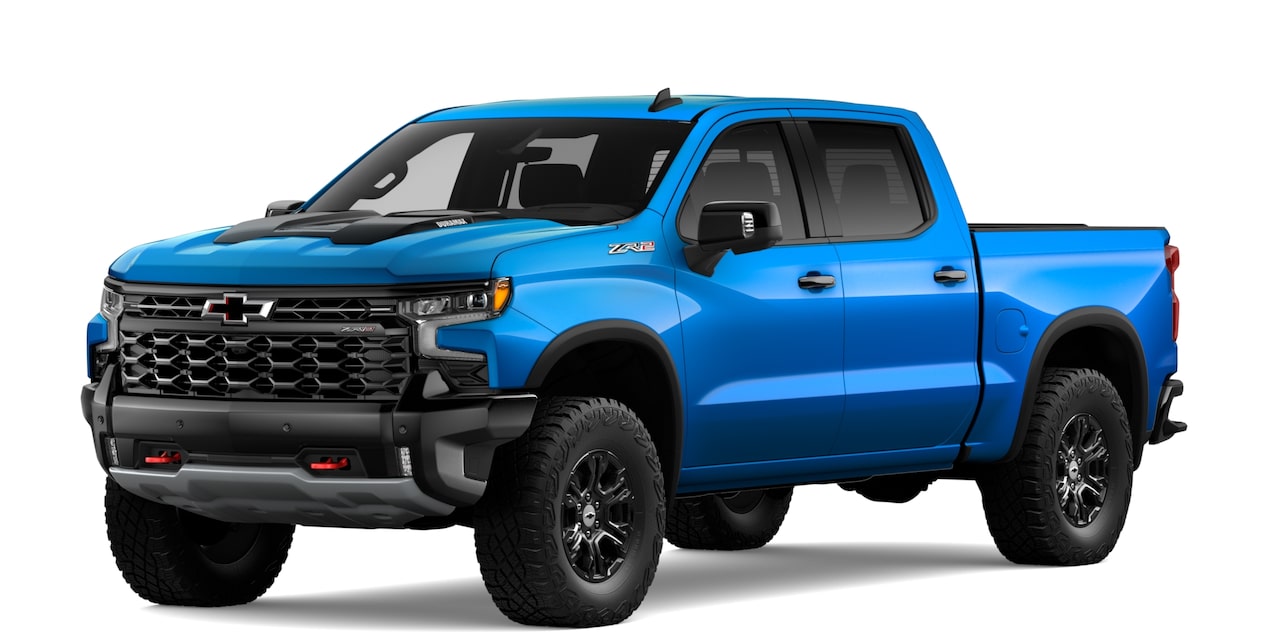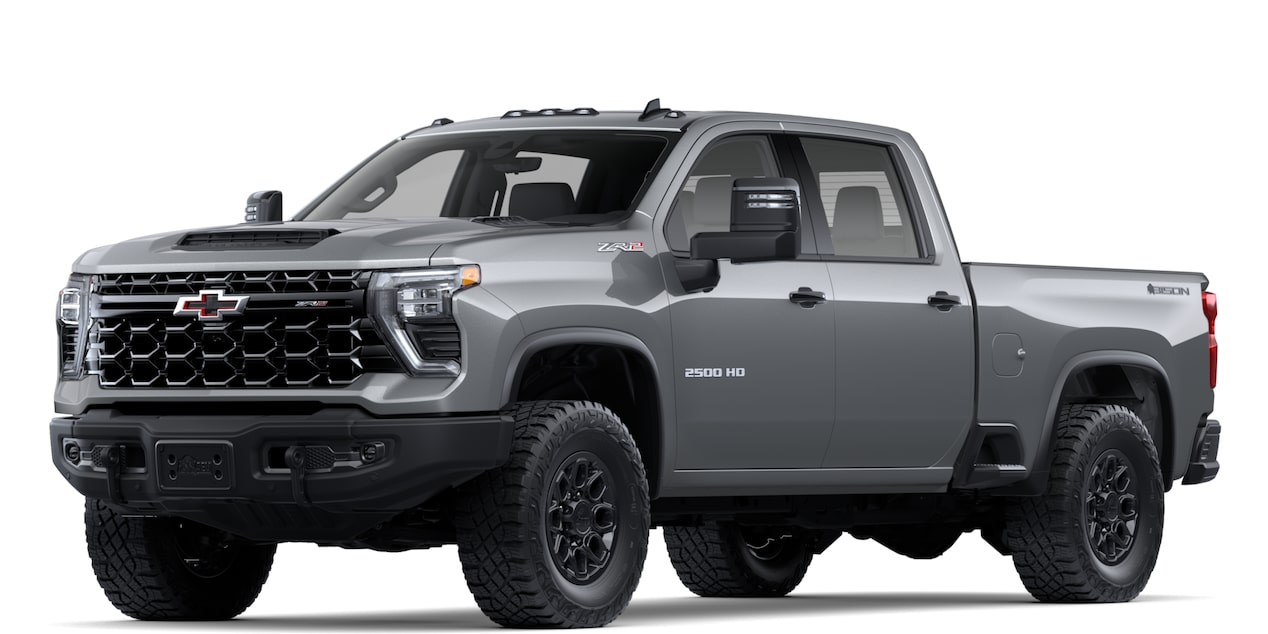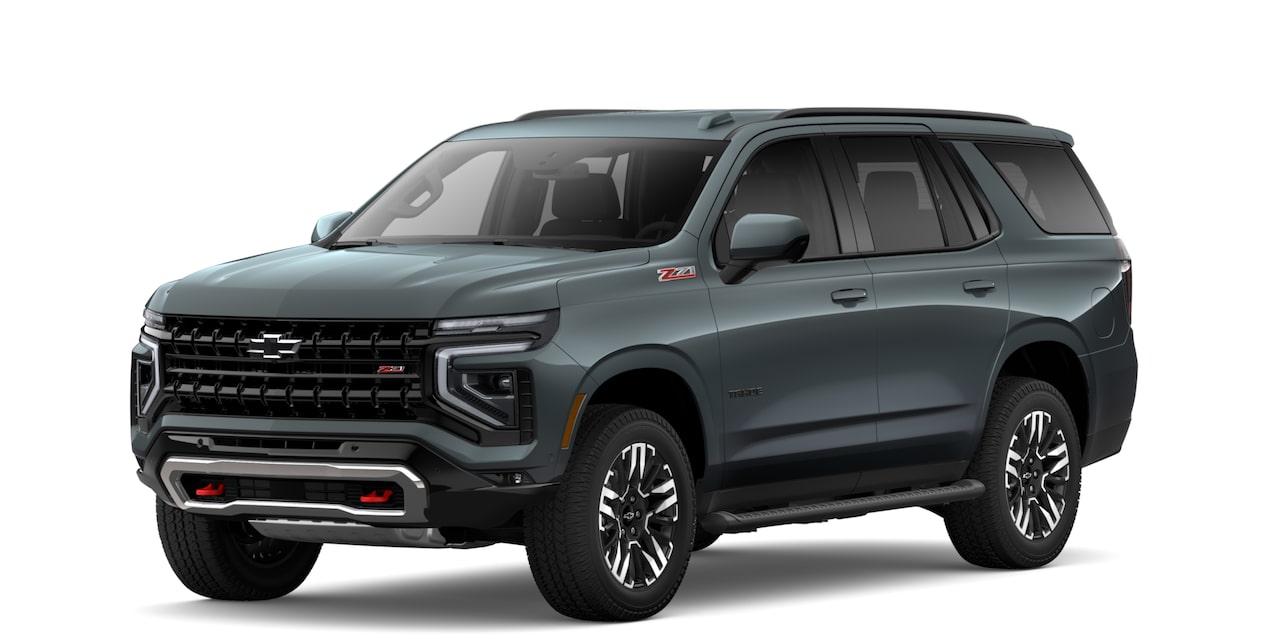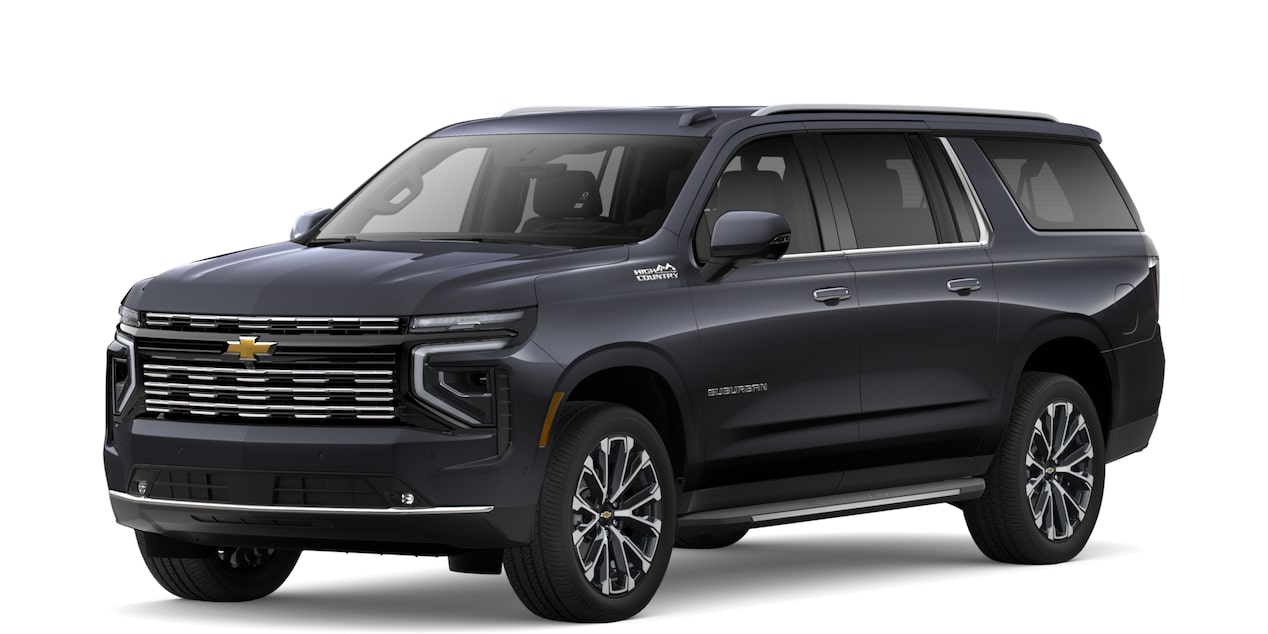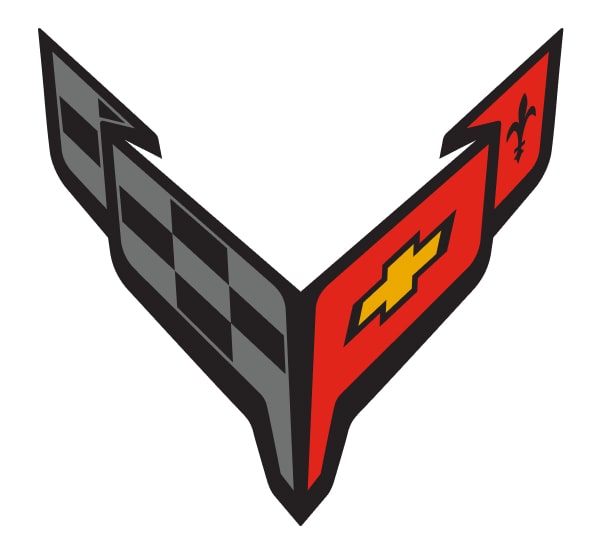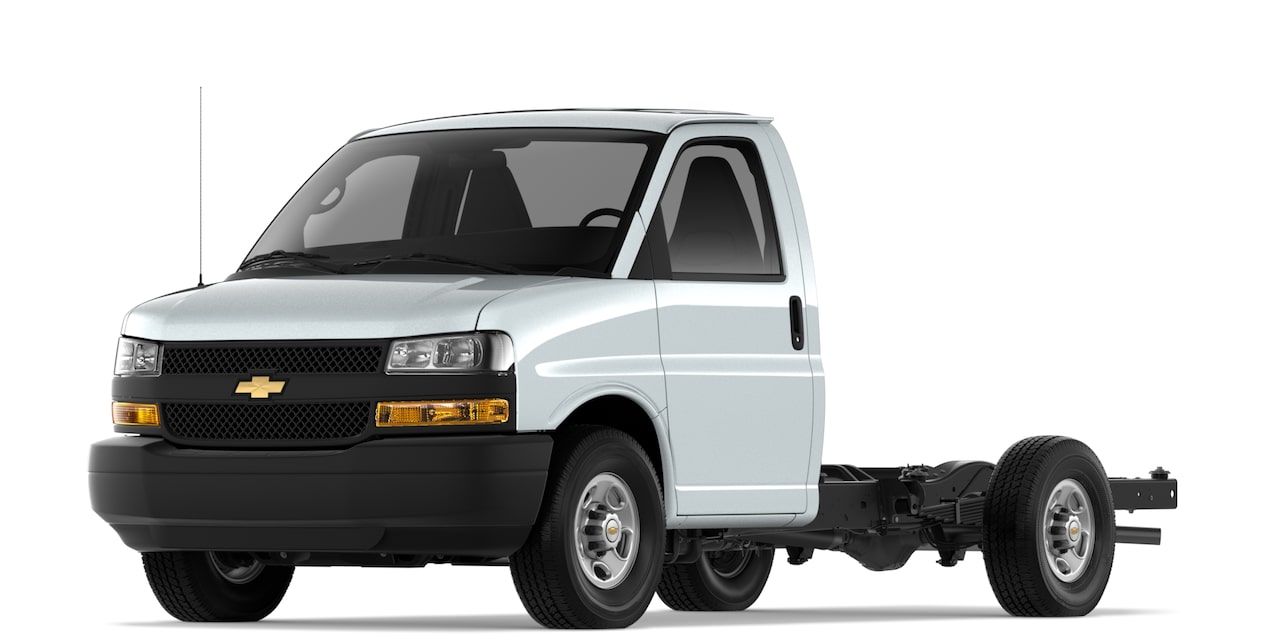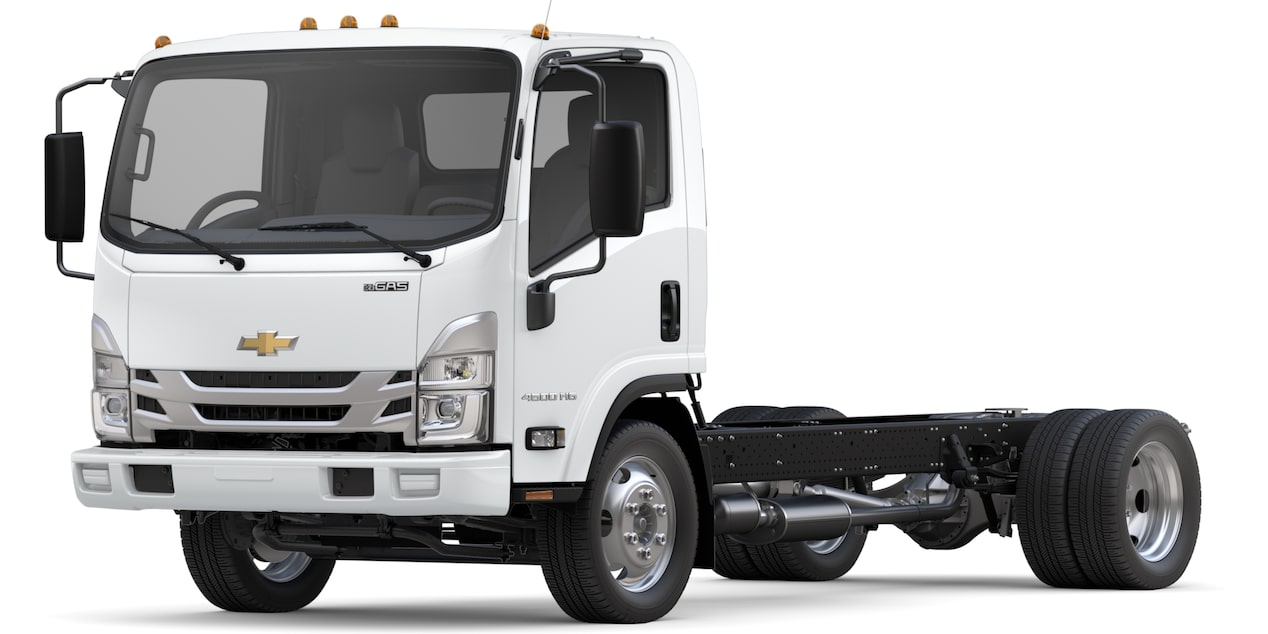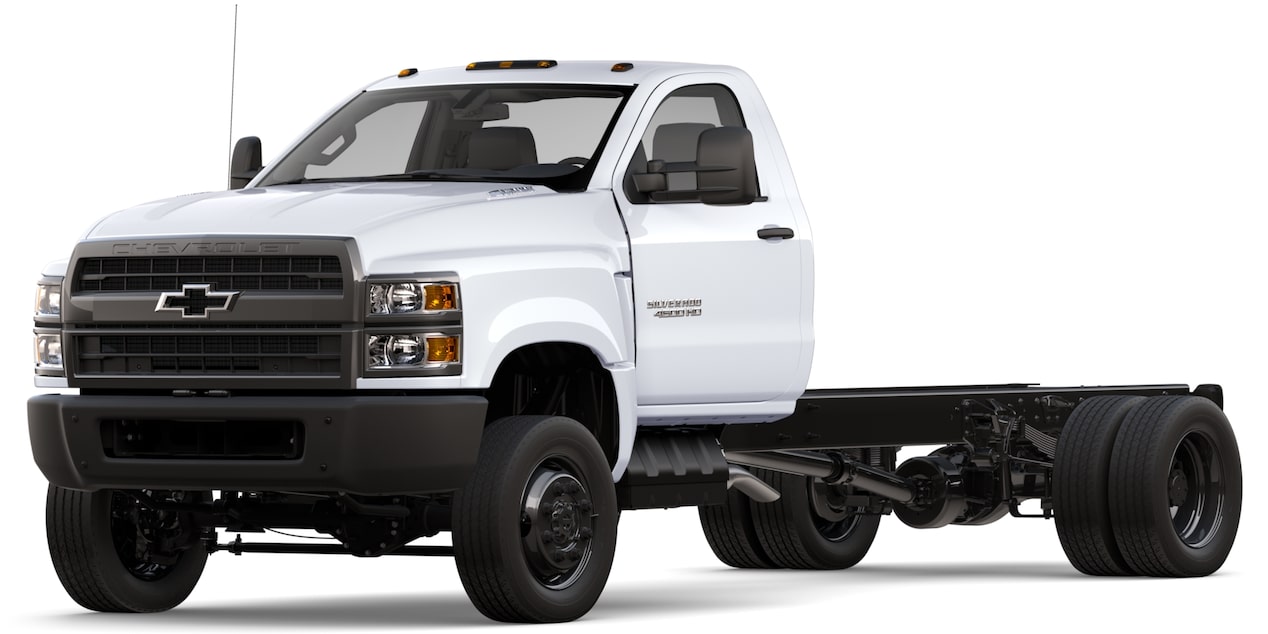
When the modern-day COPO Camaro rolled out of its crate during the 2011 SEMA Show, it opened a new chapter of Bowtie performance. Now, more than a dozen years and hundreds of successful chapters later, the purpose-built race car from Chevrolet Performance has reached the finish line. However, many will be found on drag strips across the country for years to come.
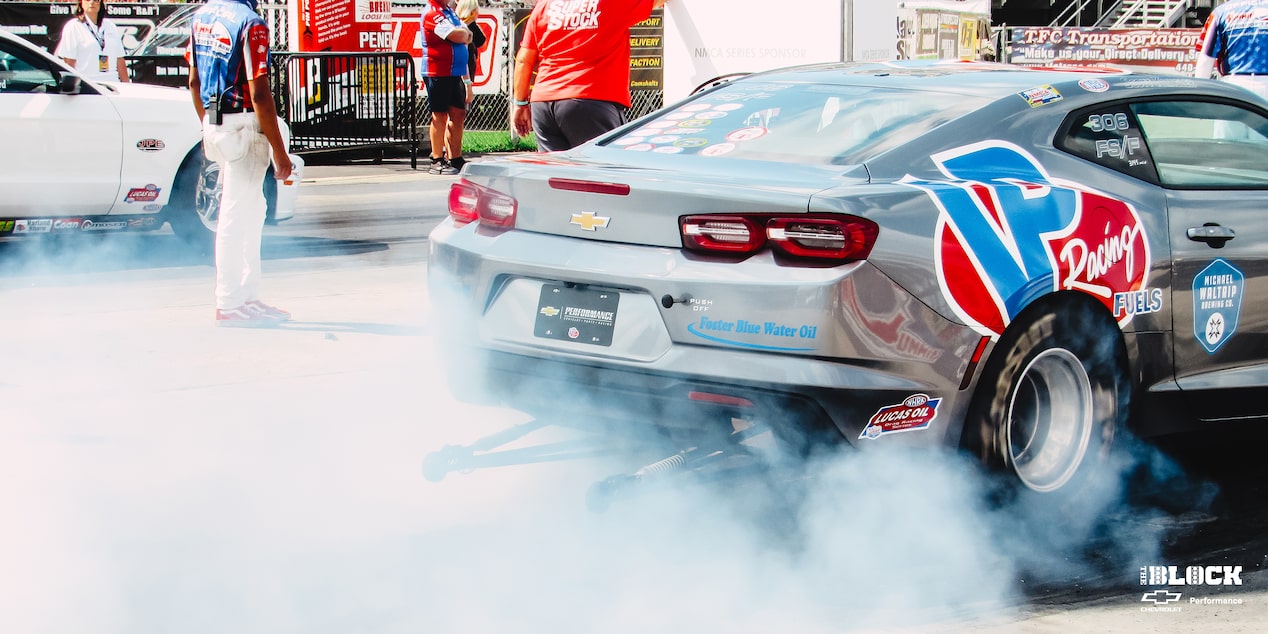
The COPO Camaro program has achieved untold success on the drag strip since 2012.
Russ O’Blenes, Director, Performance and Racing Propulsion Team at General Motors, was involved in the COPO project from the beginning. He and his team, along with longtime COPO project engineer Robin Wright, worked on the development of the car throughout the late 2000s. Their first build was a proof-of-concept car powered by a naturally aspirated LS427 engine. It was built to fit the AA/Stock class in NHRA competition. In fact, the timing of the project stemmed from the fact that NHRA rules had been updated that such a factory-built project could run in its Stock Eliminator category as long as 50 vehicles were produced.
Plus, the new COPO coincided with the introduction of the roadgoing fifth-generation Camaro, which first appeared for the 2010 model year. After some internal discussions, O’Blenes and his group received approval to introduce the COPO concept at the 2011 SEMA Show to gauge response.
“We put out there you could sign up if you wanted to be a hand-raiser and I think we got over 3,000 people that were interested in buying one,” O’Blenes says.
Thus, the COPO was off and running for 2012.
The new COPO Camaro program picked up 43 years after the original COPOs were first built in 1969. Back then, several clever dealers used Chevrolet’s Central Office Production Order System to add powertrain packages not available from the factory. Most famously, a total of 69 Camaros from the 1969 model year were built with the all-aluminum, 427 cu.-in. ZL-1 engine. They were ordered to provide an advantage on the drag strip, but as years passed, their rarity elevated their worth to six or even seven figures.
While the original COPOs were not exactly a sanctioned project by Chevrolet, the modern-day COPO program was always one invested in heavily by the manufacturer. However, in a nod to the original cars, for much of their run only 69 of the modern COPOs were built each year.
“From the very beginning the edict that Robin and I put down is we want the COPOs to be a better, nicer race car than anything else somebody could go and buy from any OEM,” O’Blenes says.
In a fascinating bit of symmetry, O’Blenes owns the trailer in which Dick Harrell’s original No. 1 1969 ZL-1 COPO Camaro burned. When the first modern COPO was completed, O’Blenes picked up the car in that same trailer.
After building a naturally aspirated car, the General Motors team also went to work on a supercharged engine. They decided on a 327 cu-.in. power plant topped with a 4.0L Whipple supercharger.
“Our first test at Bradenton [Motorsports Park], we went down there and if I'm not mistaken, we ran the 427, and then I think we actually did an engine swap at the track and ran the supercharged engine on that same track,” O’Blenes says.
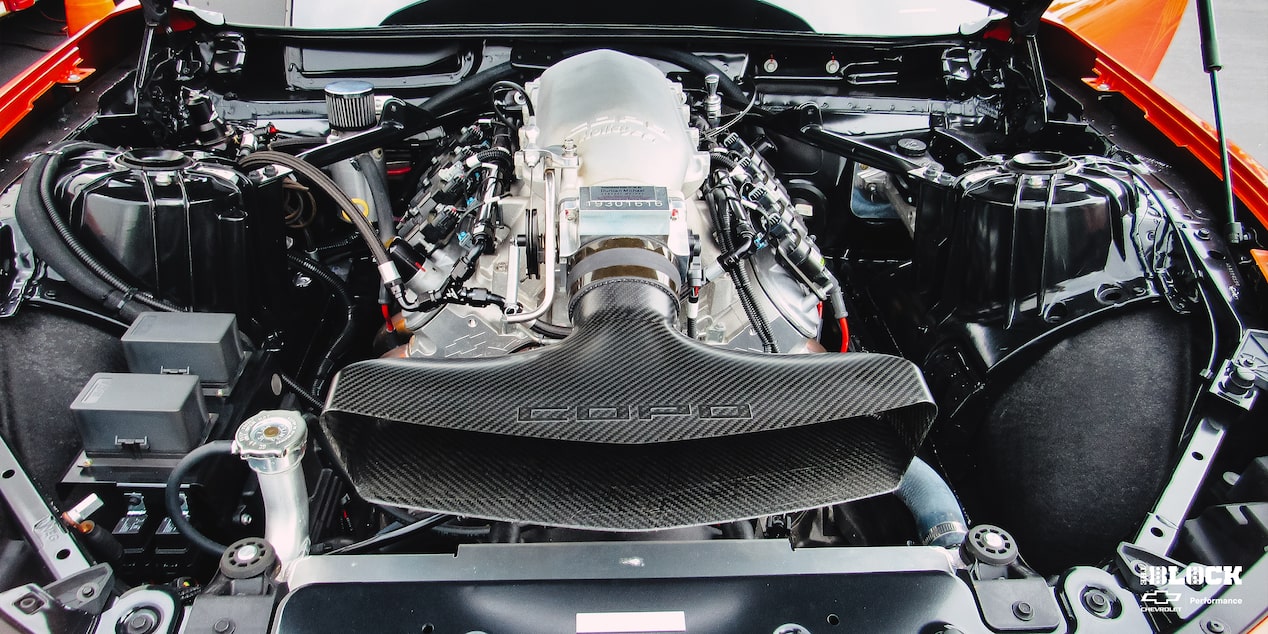
Multiple engine combinations have been available under the hood of the COPO, including supercharged and naturally aspirated options.
Both naturally aspirated and supercharged engines have been options for each year of the COPO program. Each compete in NHRA and NMCA Stock and Super Stock competition, while supercharged packages are found in the ultra-competitive NHRA Factory Stock Showdown and NMCA Factory Super Cars ranks.
Initially, the first four customers took delivery of their modern-day COPO Camaro race cars at GM’s Performance Build Center in Wixom, Michigan. Among them was Jim Boburka, a successful Pennsylvania racer who made some of the first runs with a COPO that was not owned by Chevrolet.
Today, Boburka is regarded as one of the program’s originators. His 2012 COPO was No. 007, but the cars weren’t delivered in sequential order as they were built that year. His is an even lower number.
“Being able to get one of the first cars and have the first car to go down the track was an honor,” Boburka says.
On his way home from picking up the car, Boburka stopped at Summit Motorsports Park in Norwalk, Ohio, to make a few runs during a Wednesday night test session. He found some issues that still needed to be addressed and called the Chevrolet Performance team to explain what he wanted to feel in the car.
He planned to put the car on track that Saturday, and O’Blenes remembers traveling from the Detroit area to Pittsburgh with some of the GM team to support the test. The Christmas Tree failed multiple times that day and Boburka was only able to make a few runs after the event. Still, he made steady gains. With some transmission and gearing changes, Boburka lowered his time in the quarter-mile from the 9.70s when he picked up the car in early August, to the 9.30s by the time he competed in the U.S. Nationals at Lucas Oil Indianapolis Raceway Park over Labor Day weekend.
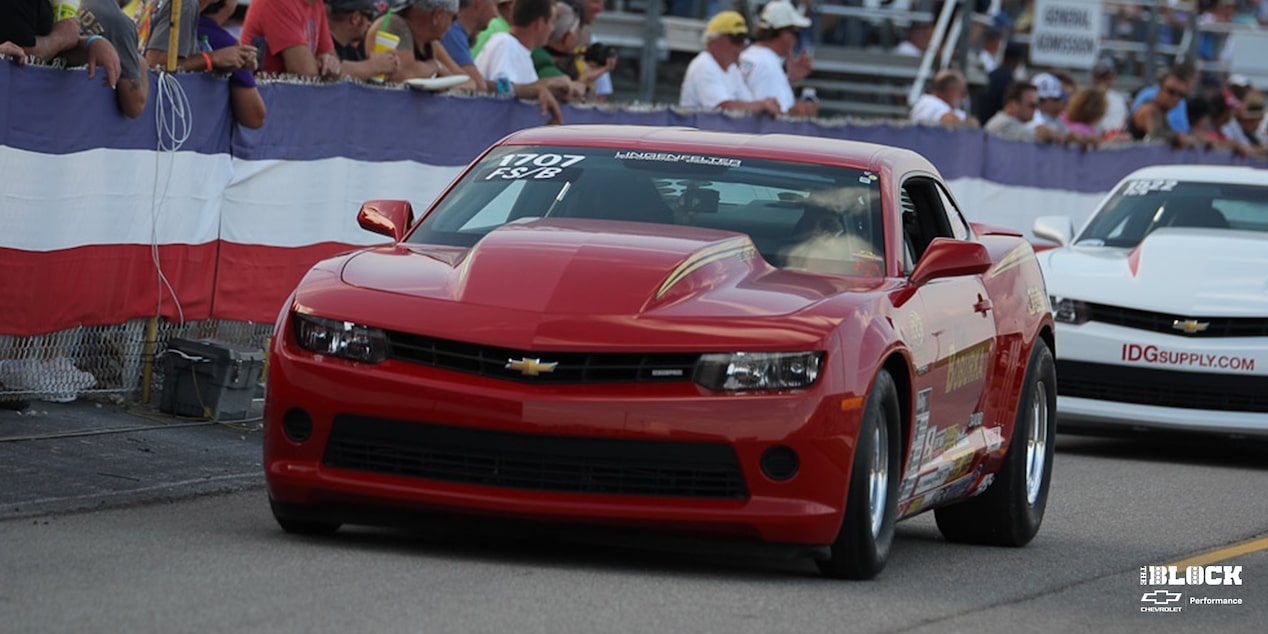
Jim Boburka was the first customer to make a pass on the drag strip with a modern COPO Camaro.
Among Boburka’s many COPO triumphs was a class win at Indy and a victory in the Dutch Classic at Maple Grove Raceway near Reading, Pennsylvania, in NHRA Division 1.
Boburka believes the broad appeal of the Camaro and the Chevrolet brand aided in the COPO program’s success.
“If you look at drag racing as a whole, probably 85 to 90% of the cars out there are Chevrolets,” he says. “I’ve been a Camaro person my entire life, I was an equity partner in a Chevrolet dealership in my younger days until I retired, so Chevrolet has been my life. What I felt was successful was Chevrolet’s always had a great following and the car just appealed to the people.”
Victor Cagnazzi was also part of the exclusive group that received one of the first four cars in August 2012. His was No. 005, but the second one built. Today, Cagnazzi Racing is a six-car operation, with its namesake driving COPOs in both Stock Eliminator and Super Stock. Berger Chevrolet – one of the original COPO dealerships – and GM Parts Now have adorned Cagnazzi’s cars from the beginning.
His teams have also won wide-ranging races and Jeff Strickland scored the 2016 Stock Eliminator championship for the team.
“The folks they had assigned to the program all along were at the track regularly talking to racers, understanding what we needed, what we were looking for in the future, and how to continue to drive that innovation forward,” Cagnazzi says.
Cagnazzi has seen the sport from all angles and once fielded a wildly successful GM-powered Pro Stock team in the 2000s and early 2010s. During those years, Cagnazzi worked closely with legendary Pro Stock racer and engine builder Bill “Grumpy” Jenkins. Jenkins was a major player during Stock and Super Stock racing in the 1960s and the early days of the Pro Stock class starting in 1970.
Cagnazzi sees a parallel between manufacturer involvement in those days and Chevrolet’s approach to the modern-day COPO Camaro.
“It was really just revisiting the commitment that Chevrolet and all manufacturers had to the grassroots racing and Sportsman racing back in those days,” he says. “Stock and Super Stock at the time was really the early Pro Stock.”
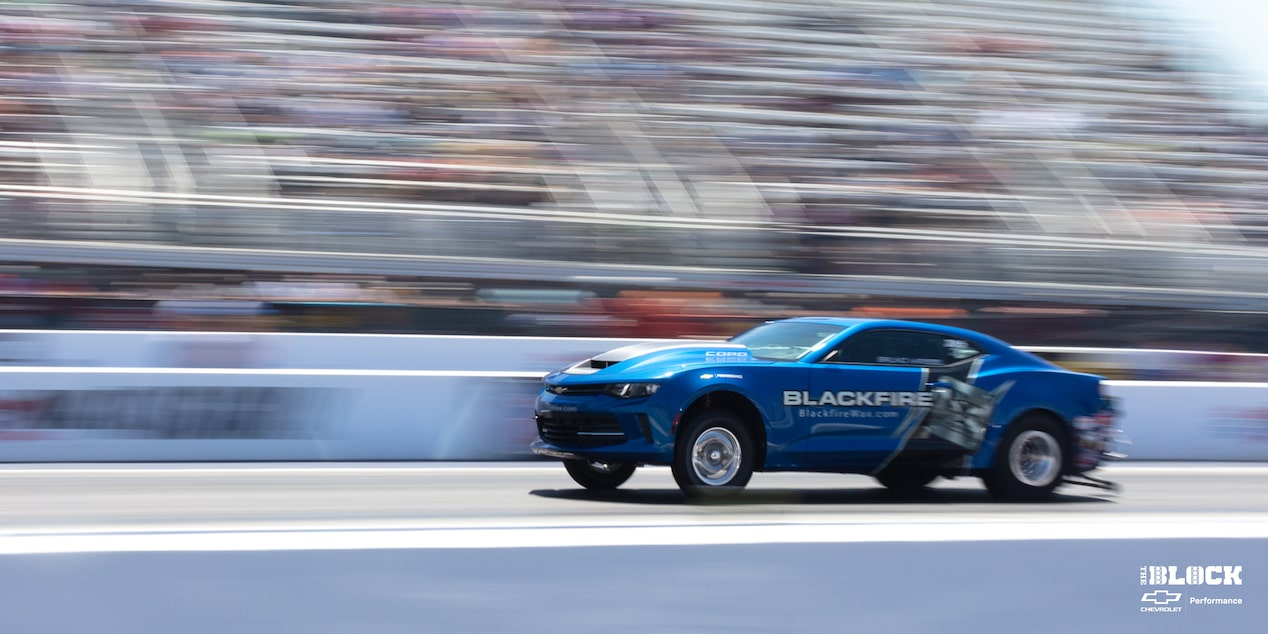
Bruno Massel has a long relationship with Chevrolet. He also scored the COPO’s first NHRA national event win.
As the modern program grew, COPO Camaro racers found untold success on the track, taking event wins – including U.S. Nationals triumphs – and championships at drag strips across the nation. The brand steadily developed new powertrain setups and engine combinations, and the success continued.
Among the racers who found success was Bruno Massel, a multiple-time world champion in the Sportsman categories and a noted television personality. Massel has a longtime relationship with Chevrolet, having previously worked with the brand on the Ecotec platform. He also scored one of the COPO’s most historic wins. It came in the U.S. Nationals with a supercharged 350 combination in 2014. He took the victory in the Stock Eliminator category.
“It seemed an insurmountable task as I believe there were over 180 cars trying to qualify for the 128-car program,” Massel says. “The supercharged combination was better suited for “heads up” competition, rather than a bracket-style format, so we were longshots to say the least. We qualified in the top 10 of the field and made it through eight rounds of racing over four days to win and become the first COPO Camaro to ever win an NHRA national event, at the biggest race of the year.”
Massel was also instrumental in helping refine the COPO as it cemented its status as one of the most successful race cars in history, offering race-winning performance off the showroom floor.
“GM approached me in 2014 to handle the testing and validation of the program,” he says. “As a Chevrolet fan growing up, it was a tremendous honor. I feel blessed to play a small role in the success of such an iconic brand and proud that I was able to help make it a success both on and off the track.”
Off the track, a close bond developed among competitors. It came to be known as the “COPO Family.”
“That's how I try to do everything personally, we made a very concerted effort to build relationships with the buyers,” O’Blenes says.

COPO owners share a special bond, often referred to as the “COPO Family.”
The racers are fond of saying they are rivals from the “burnout to turnout,” but otherwise, they share parts and tools, travel together and are present at each other’s major life events.
“GM worked really closely to build the family,” O’Blenes says. “We would work with NHRA, especially in Indy, to have all the COPOs parked together, and we always have a dinner event with all the COPO buyers and things like that.”
Each of the COPO Camaros has come from the COPO Build Center in Oxford, Michigan, and many owners take delivery there. Mike Lawrence is the operations director and has been involved with the program for many years.
“Two main aspects have made this program successful,” he says. “First, everyone involved has been invested and supportive of not just building a race car, but of creating a culture that will long outlast the build. I have been fortunate enough to make lifelong friends on both sides of the program and that's because the people surrounding this program have the passion, desire and will to push the limits and put the best product forward.
“Second is the continuous need to improve and listen to customer feedback to make a better product. Whether it was the addition of the auxiliary charge port or the 632 engine, adding tabs for weight bars or adopting the Holley system, the goal for every production year was to make that COPO better than the last.”
The COPO program was important to General Motors’ staff at large as well. Young track engineers often rotated through the program and learned how to build a low volume of extremely quick and fast race cars. They then applied lessons to building high-volume parts with the same type of quality as those found on the COPO.
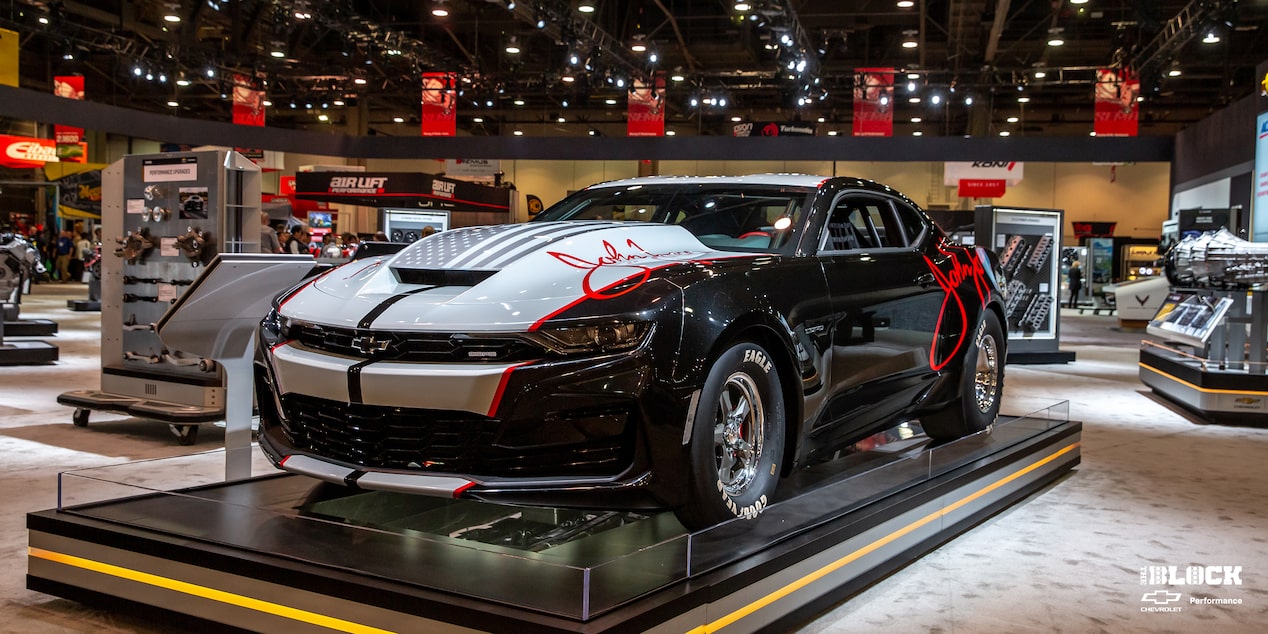
The 2020 COPO Camaro John Force Edition was unveiled at the 2019 SEMA Show. It sold at the Scottsdale edition of the Barrett-Jackson Collector Car in early 2020.
During that time, many of those engineers worked on a variety of special-edition cars. They included vehicles bearing the names of both John and Courtney Force, a 50th Anniversary Edition, special 572 and 632 Big-Block engine versions, a Hot Wheels model, and more. Some of the one-of-one models or low serial numbers went to collectors, often for charity.
“GM leadership made a decision early on in the program that we were going to auction off some of the more memorable cars and then donate to charity that proceeds,” O’Blenes says. “So, the COPO was a really good opportunity to be able to generate a significant amount of funds for nonprofit organizations through the years.”
At the Barrett-Jackson Collector Car Auction alone, COPOs have raised close to two million dollars for charities since 2012.
Another of the most memorable cars was the eCOPO, introduced at the 2018 SEMA Show. The car featured an electric propulsion system. The powertrain setup was an early example of Chevrolet Performance’s available eCrate system and the COPO helped spearhead the automotive aftermarket’s electric offerings. That was the same year the 50th Anniversary COPO was unveiled and represented the program’s vision for the future while also honoring its past.
Now, Chevrolet Performance will still support the COPO with engine blocks, cylinder heads, a contingency program and additional items to ensure the race car visit Winner’s Circles for years to come.
Hundreds of COPO Camaros have been produced since 2012, representing both the fifth- and sixth-generation Camaro. Knowing the cars would be popular for generations, the team made great efforts to include good provenance with each COPO. But at its heart, the vehicle is a race car. Uniquely, it’s one that is comfortable, but is also capable of traversing a quarter-mile strip in well under 10 seconds.
O’Blenes, who often performed burnouts with the car for promotional material, has been part of the program for its entirety.
“We consistently delivered cars that you could pick up wherever you got them and go to the race track and be consistent and competitive right out of the box,” he says. “That was always our plan, that was the most important thing to us, that the customer truly got a value and got a race car that was absolutely as nice as anything else that they could build. We wanted them to see this stuff and go, ‘Man it would be awfully hard for me to build something that nice for the money.’
“We really concentrated on the details and making sure that the customer got something at a very high level. I am so proud and lucky to have been a part of an incredible team of people inside and outside GM that made the COPO Camaro such a huge success.”
Lawrence shares a similar sentiment.
“The hope is that we created something that will be a part of Chevrolet and motorsports history,” he says. “Building over 800 COPOs and CRCs (Camaro Rolling Chassis) is an incredible achievement, and hoping that in 30 years they will be remembered like the first-gen COPOs are today is something that will always make me smile about this program.”


